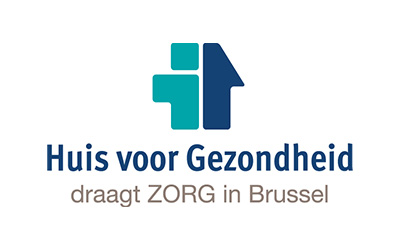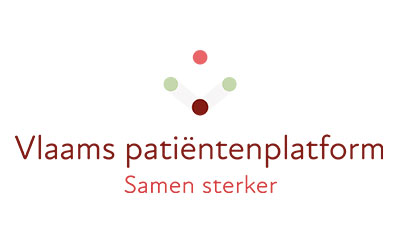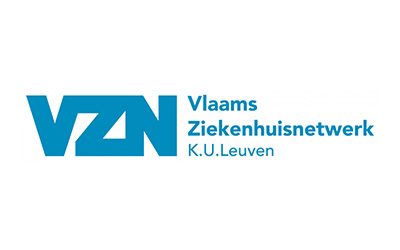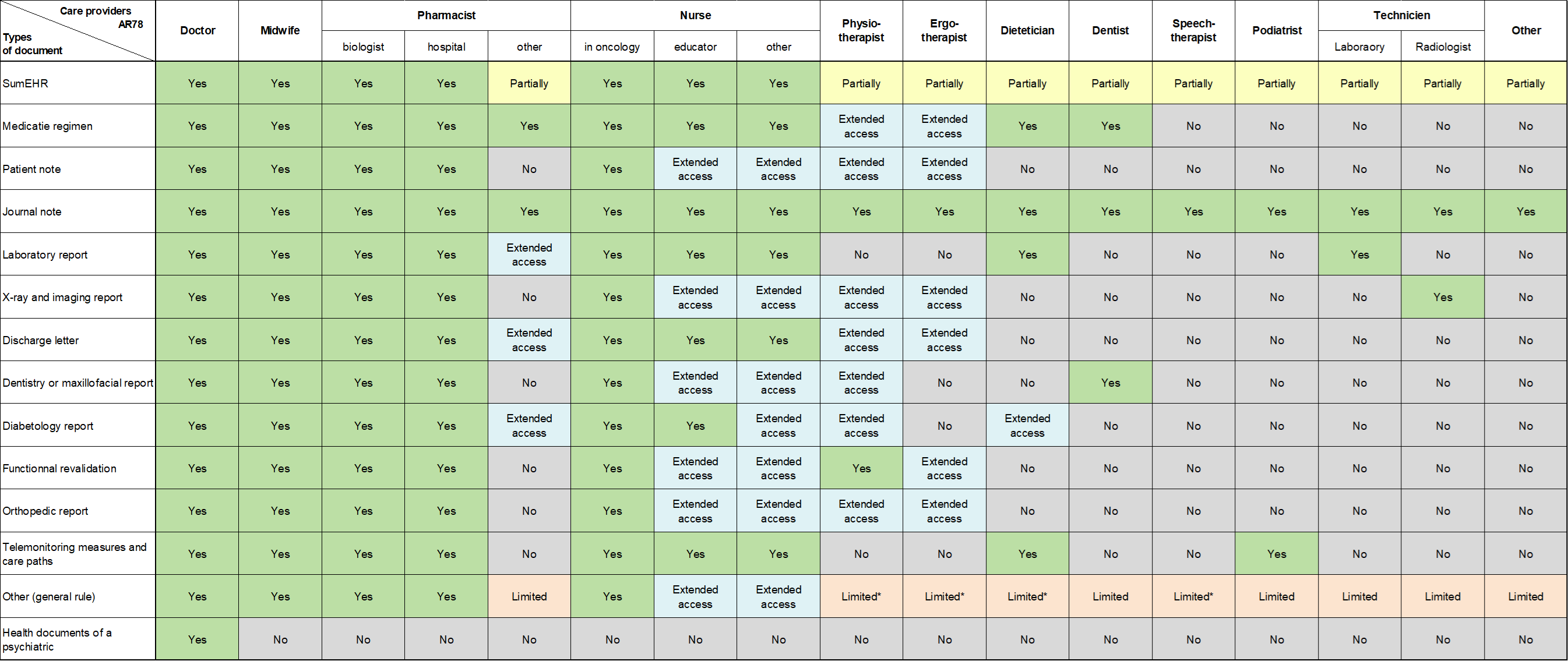
The access
I’m enquiring / My shared health record
Who has access to my health record ?
- Consent
- Therapeutic relationship (as part of continuity of care)
- Access matrix
1 – The consent
Your registration with the Brussels Health Network is valid everywhere in Belgium and is free.
Once you have given your consent, you do not have to give it again later on. Your doctor, pharmacist, hospital, immediately sees via its software if you have already given your consent
Your consent allows the exchange of digital health data securely between all the care providers and institutions with whom you have a therapeutic relationship.
You are free to subscribe and unsubscribe at any time. Deregistration also has a national scope. If you withdraw your consent, all the services related to these projects will be deactivated (your health documents will no longer be published).
How to register my consent in a practical way?
- Via your GP, if already enrolled in the Brussels Health Network
- Via the hospital admissions department
- via your pharmacist
- Via your mutual
- Via a downloadable PDF form, filled out and returned to the administrative department of Abrumet
- Via the website, if you have an electronic identity card (eID), a pin code and card reader (for Windows users)
- Via the e-health platform or another of the country’s health networks
-
Have I already given my consent?
If you are already registered on another Belgian network this means that you have already given your consent. Your consent to share your health information digitally and securely. Therefore, you do not have to give your consent again.
Nevertheless, if you want to access your shared health records, you must register with the Brussels Health Network platform by clicking the “I wish to register” button.
On the home page, click on “e-ID login” or “Itsme login” button.
- If you are registered, you will automatically go to the home page of your secure portal.
- If you have not yet registered, a message will notify you and suggest that you register
2 – The therapeutic relationship
A “therapeutic relationship” is created when there is contact between a patient and a health care provider as part of a care relationship. The concept of a therapeutic relationship encompasses any health professional who is involved in the continuity of care of a patient, including specialists in analysis or medical imaging. If you have given your consent, the creation of this relationship allows the healthcare professional to access your shared data.
This means that your company doctor, your mutual insurance company doctor or your insurance company doctor do not have access to your health data.
The doctor creates this therapeutic relationship directly via the GP’s software during your consultation. If you wish, you can manage these links via the Brussels Health Network platform. Remember that in order to exist, this “therapeutic relationship” must be able to be proven: this is the case, for example, when you give your electronic identity card to a hospital admissions department, doctor or pharmacist.
The duration of the therapeutic relationship varies depending on the context of your care and the type of relationship you have with the health professional.
- If you have a long-term relationship with your GP or pharmacist, the period of access to your data by your doctor can be up to 15 months.
- However, if you have occasional contact with a health professional, the period of access to your data will be limited to a period of three months.
- And finally, an emergency room doctor will have access to your data for a period of one month.
Managing my therapeutic links
If you wish, you can manage these links via your patient portal on the Brussels Health Network. Find out how by watching the video above.
- Log in to the Brussels Health Network and click on the button “patient login”
- Authenticateyourself using itsme or your eID card
- Click the tab “Health Care Team”
- You can view your current and past therapeutic relationships, add an authorization, or exclude a healthcare professional.
As soon as you remove a therapeutic link, the healthcare professional no longer has access to your data via the health networks. If you wish to deprive the healthcare professional of access on a permanent basis, you must exclude him or her.
If you have excluded a healthcare professional, he or she will never be able to access your shared documents on healthcare networks.
My therapeutic relationships in the hospital
Upon your arrival at the hospital, when your identity card is scanned at the reception, a therapeutic relationship is established with the healthcare professionals working together to provide you with the best possible care. This forms part of the hospital’s “Circle of Trust”.
This allows healthcare professionals working within the hospital and involved in your care to access the essential information in your shared health record in order to treat you effectively. All access to your record is logged and recorded.
That is why, when you consult the access history in your private space on the Brussels Health Network, you may see the name of a healthcare provider you do not personally know. This could be, for example, an anesthesiologist who prepared your procedure or a radiologist who reviewed your medical imaging. All of these accesses must occur strictly within the framework of continuity of care, meaning they are needed to ensure proper follow-up of your treatment.
According to Article 458 of the Penal Code, unauthorized access to a medical document is punishable by law. If you notice inappropriate or unjustified access to your health data, you have the right to contact the hospital or the healthcare provider directly to understand the reason for the access. If necessary, you can initiate legal proceedings. If direct contact with the provider is difficult, you may reach out to the hospital’s mediation service where the provider practices.
3 – The access matrix
With the introduction of extended access, certain professionals within the multidisciplinary network (physiotherapists, dietitians, nurses, etc.) can now consult additional documents relevant to their expertise, provided you give your consent. For example, a physiotherapist may access orthopedic reports, while a dietitian can view diabetology reports. This access allows for better-coordinated and integrated care while ensuring that only the information relevant to their practice is available. You remain in full control of your data and can manage these authorizations at any time through your personal account.
This extended access is only activated with your explicit consent. The healthcare professional submits a request via the Brussels Health Network. You will then receive an SMS notification containing either a link to approve the request or a four-digit code to share with your healthcare provider to activate the access immediately.
Table legend
- Green “Yes” = Access.
- Grey “No” = No access.
- Yellow “Partialy” = Detailed access in the matrix specific to SumEHR.
- Blue “Extended access” = Extended access if explicit patient autorisation.
- Orange “Limited”
- “Limited” = Access limited to documents issued by a professional in th same category or explicity classified as belonging to that speciality (typically the data issued by the corresponding hospital departements). (For example : a dietician accesses data published by dieticians and documents published as relating to dietetics by hospitals).
- “Limited*” = This principle of transversal access “by profession” is extended to nurses, physiotherapists, occupational therapists, speech therapists and dieticians). Access means that nurses, physiotherapists, occupational therapists, speech therapists and dieticians can access documents in all 5 categories.This principle of transversal access “by profession” is extended to nurses, physiotherapists, occupational therapists, speech therapists and dieticians).
- Line “Other (general rule)” = Describes access rights that are not explicitly described by another line.
- Line “Patient note” = Any note made by the patient other tha, a diary note. This covers, in particular, the “Summary of health declared by the patient” and the “BeCoag” passport made available to haemophilia patients who so wish via the BeCoag portal.
Partners
The Brussels Health Network brings together all public and private Brussels hospitals as well as the French and Dutch speaking associations of health professionals in Brussels (FAMGB and BHAK). We are the ideal partner for any project related to e-health in the Brussels region.






















